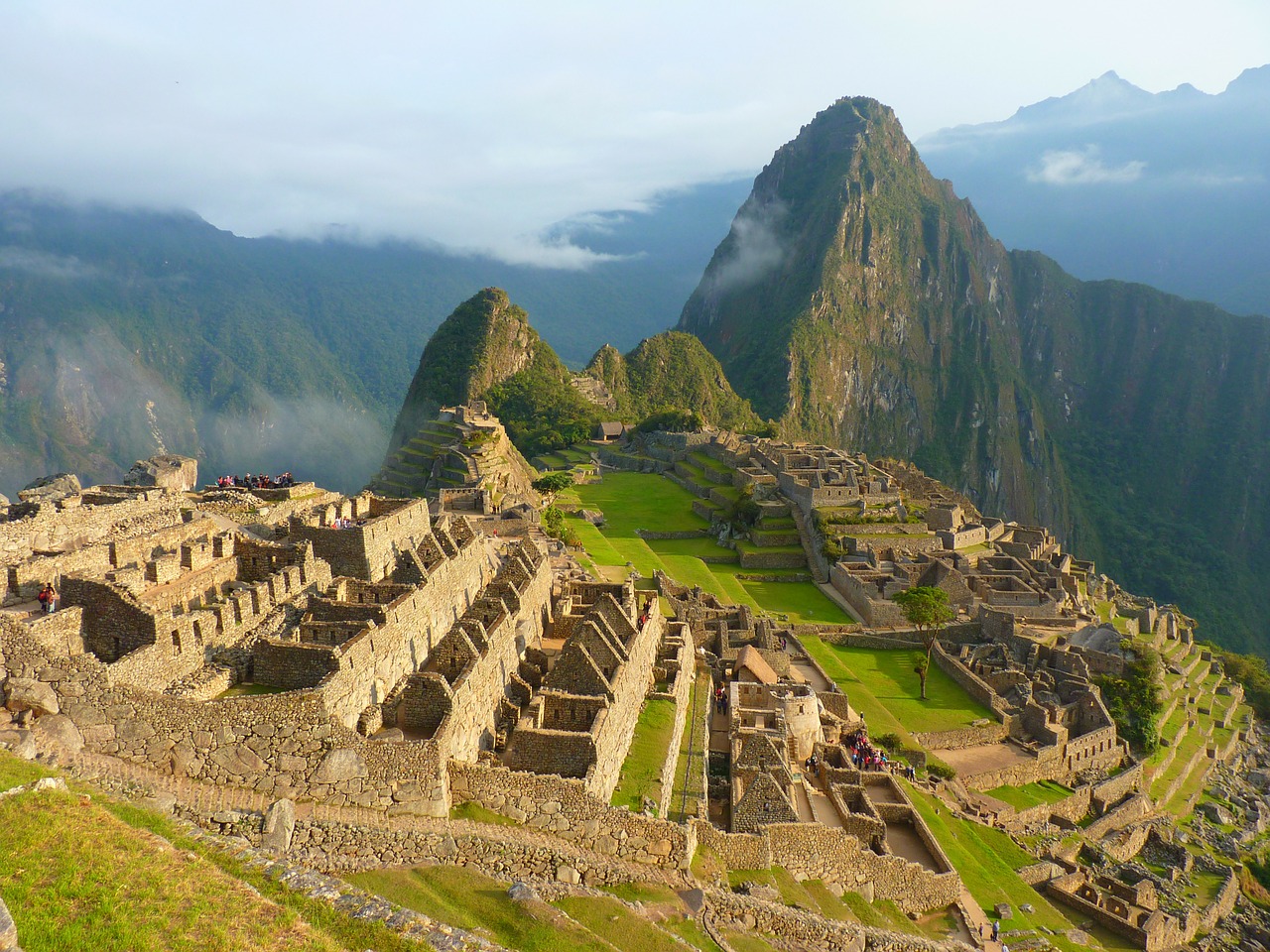[adcode]
高度な外科技術を誇ったインカ帝国
インカ帝国は、南米ペルーを中心に15世紀に栄えた帝国です。
頭部骨折に対する高度な施術を行っていたことで有名ですが、米テュレーン大学の形質人類学者ジョン・ベラーノ氏の研究によって、その生存率が70%を超えていたことが明らかになりました。
インカ帝国で行われていた穿頭術(trepanation)についてNational Geographicが、最新の研究成果を伝えています。
Amazing Things We’ve Learned From 800 Ancient Skull Surgeries
Thousands of years ago, surgeons trepanned patients in early Europe and the South Pacific, and trepanation was still being practiced in East Africa as recently as the 1990s. But the procedure reached its apex in Peru between the 14th and 16th centuries A.D.—at least judging by the number of trepanned skulls found in the region and the high survival rates conveyed by signs of healing in the bone.
Why was trepanation so prevalent in Peru?
The weapons they used in war were primarily sling stones and bashing clubs, things that would cause fractures to the head, whereas in many other parts of the world, the weapons were bows and arrows or swords or spears. Those things don’t cause the frequency of head wounds that bashing weapons and sling stones do.
Why did Peruvian surgeons turn to such a dramatic procedure?
It probably started as a very simple thing—cleaning the scalp after a blow to the head and doing some simple things like picking out broken pieces of bone, which would be dead. They learned early on that this was a treatment that could save lives. We have overwhelming evidence that trepanation was not done to increase consciousness or as a purely ritual activity but is linked to patients with severe head injury, [especially] skull fracture.
NATIONAL GEOGRAPHIC
[adcode]
インカ帝国は、南米で最大の帝国を築いた文明であり、最盛期には、現在のチリからアルゼンチン、コロンビアにまで亘る領土を形成しました。
征服の過程で戦争も多く行われ、多くの負傷者を出したものと思われます。それが、皮肉なことに、かえって高度な外科手術の技術を生むことになりました。
特に驚くべきことは、細菌という観念がなかった時代に、感染症をほとんど引き起こしていなかったことです。
Why were the Peruvian practitioners so successful compared to Western attempts?
[In the West,] doctors would just rinse [surgical tools] off in water and wipe them down and use them in another patient. Also, surgery was done in hospitals. That’s where many people get infections even under the best circumstances today. In Peru they didn’t have hospitals. People were probably operated on in open-air situations and probably with tools that were not used over and over again. So the risk of infection was probably a lot lower.
しかし、いくら生存率が高かったとはいえ、麻酔技術のなかった時代の施術には、非常な困難が伴ったのではないでしょうか。患者は痛みから暴れてしまうのが一般的だからです。
その点に関して、ジョン・ベラーノ氏は次のように答えています。
Wouldn’t such surgery have been hideously painful?
There are a lot of nerves in your scalp. If you tried taking a knife or a razor blade to your scalp, it would hurt, but you could grit your teeth and deal with that. But the bone itself has very few nerves. So if a doctor told you, “We’re going to scrape through your skull and it’s not going to hurt,” he or she would be telling you the truth.
「骨自体にはほとんど神経がありません。そのため、もし医師が、あなたにこれからあなたの頭蓋骨を削りますが、痛くありませんよと伝えたら、おそらくその医師は正しいことを言っているでしょう。」
。。。。。。
いや、いや、いや。(ヾノ・∀・`)ナイナイ
そりゃないでしょう、いくらなんだって。
どー考えたって激痛ですよ。
インカ文明は、医学、建築、天文学に極めて高度な技術と知見を持っていたことで知られています。
しかし、この時代の戦士として生まれてこなくて、心底よかった。。。ホッ(-。-;)
[adcode]


